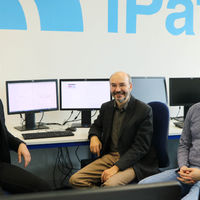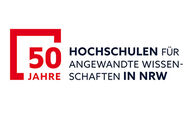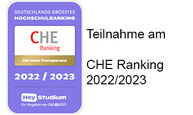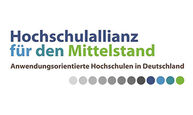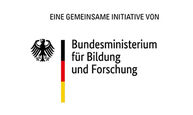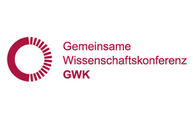During nuclear fusion processes in stars in space, heavier elements are constantly being formed from lighter elements. In order to better understand the processes involved, physicists use exotic isotopes that can exhibit unusual effects. Active Target Time Projection Chambers (AT-TPC) are used as a measuring technique. One of these time chambers is located at the National Superconducting Cyclotron Laboratory (NSCL) at Michigan State University (USA).
The experiments generate large amounts of data, the analysis of which must be automated using statistical and pattern recognition methods. For this reason, physicist Yassid Ayyad from the NSCL contacted Prof. Christoph Dalitz from the Institute of Pattern Recognition (iPattern) at the end of 2016. Dalitz had previously presented an algorithm at a conference in Rome that could be applied to the experiments in special cases. However, a new method had to be developed for other constellations. A special feature of the experiments at the NSCL is that they produce particles with a broad spectrum of nuclear charge numbers and masses, which lead to particle trajectories that are no longer easy to describe.
At the suggestion of the US physicist, the professor of Mathematics and Computer Science at the Faculty of Electrical Engineering and Computer Science, together with two students on the Master's degree programme in Computer Science, designed a new algorithm. This should be able to evaluate large amounts of data quickly and at the same time recognize particle trajectories of various shapes. As part of his master's thesis, student Lukas Aymans implemented an initial version of the algorithm.
In June 2017, Aymans, who has since completed his studies, spent a month at Michigan State University to integrate the new algorithm into the NSCL's analysis software on site. The student Jens Wilberg then supported Prof. Dalitz in extensive experiments to improve and validate the algorithm. The new method has now been integrated into the analysis software at the NSCL and the algorithm and its evaluation have been described in a scientific article, which can be accessed via the link below.
Christoph Dalitz: "I am delighted that we can use the pattern recognition methods developed at our university to help find out what holds the world together at its core."


